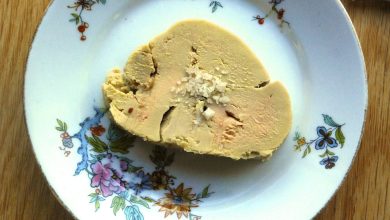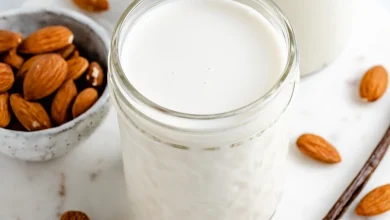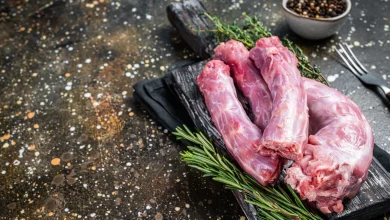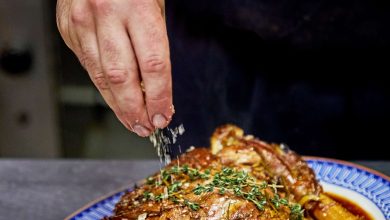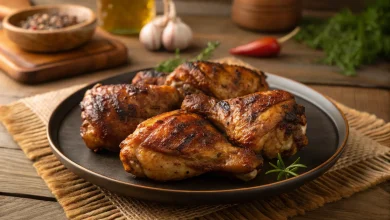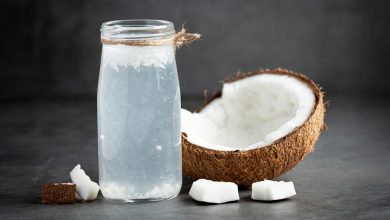Veal Shank (Forehind) – Raw
Veal shank from the forehind is a tender and flavorful cut of meat that offers an excellent source of lean protein, making it an ideal choice for various hearty and comforting dishes. Known for its rich taste and versatility, veal shank is commonly used in slow-cooked recipes such as braises, stews, and soups, where its robust flavor truly shines. Whether cooked on the stovetop, in a slow cooker, or oven-roasted, this cut yields a soft, melt-in-your-mouth texture when prepared slowly, making it a favorite among culinary enthusiasts.
Nutritional Information
| Nutrient | Amount per 100g |
|---|---|
| Energy | 108 kcal |
| Protein | 19.28 g |
| Total Fat | 2.83 g |
| Saturated Fat | 0.738 g |
| Carbohydrates | 0.0 g |
| Fiber | 0.0 g |
| Sugar | 0.0 g |
| Calcium | 20.0 mg |
| Iron | 0.76 mg |
| Magnesium | 21.0 mg |
| Phosphorus | 192.0 mg |
| Potassium | 316.0 mg |
| Sodium | 85.0 mg |
| Zinc | 4.02 mg |
| Copper | 0.074 mcg |
| Manganese | 0.009 mg |
| Selenium | 8.0 mcg |
| Vitamin C | 0.0 mg |
| Thiamin (B1) | 0.08 mg |
| Riboflavin (B2) | 0.27 mg |
| Niacin (B3) | 7.6 mg |
| Vitamin B6 | 0.44 mg |
| Folate | 15.0 mcg |
| Vitamin B12 | 1.37 mcg |
| Vitamin A | 0.0 mcg |
| Vitamin E | 0.0 mg |
| Vitamin D2 | 0.0 mcg |
Allergen Information
Veal shank (forehind) is a pure meat product and does not inherently contain common allergens such as dairy, gluten, or nuts. However, be mindful of cross-contamination if the veal is prepared with sauces, seasonings, or additional ingredients that may introduce allergens.
Dietary Preferences
Veal shank is suitable for many dietary preferences, including:
- Paleo and Keto Diets: Its high protein content and low carbohydrate profile make it an excellent choice for those following low-carb or ketogenic diets.
- Gluten-Free: Being a natural meat product, veal shank is inherently gluten-free.
- High-Protein Diets: The substantial amount of protein (19.28g per 100g) makes it a valuable option for those looking to increase their protein intake, particularly for muscle building and recovery.
Cooking Advice
Veal shank benefits from slow, moist cooking methods such as braising or slow roasting to tenderize the meat and bring out its natural flavor. When preparing veal shank, consider pairing it with vegetables, herbs, and aromatic liquids like broth or wine to enhance the dish’s depth and complexity. If you’re aiming for a melt-in-your-mouth texture, cook it low and slow—this allows the collagen in the meat to break down, resulting in a tender, juicy bite.
Veal shank also makes an excellent base for soups and stews, where the marrow in the bone adds richness to the broth, elevating the flavor of the dish.
Conclusion
Veal shank (forehind) is a flavorful and nutritious cut of meat that brings tenderness and depth to a variety of dishes. With its impressive nutritional profile, rich in protein and essential minerals like iron, zinc, and phosphorus, it is an excellent choice for those looking for a wholesome and delicious addition to their meal plan. Ideal for slow cooking, veal shank can be transformed into a tender masterpiece perfect for cozy meals and special occasions alike.



